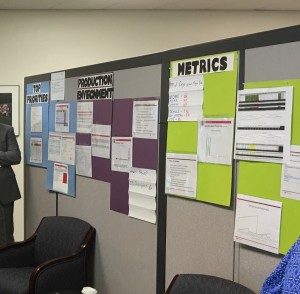“Hi short timer”, “So you’re winding down”, “What’s next?” These are just some of the comments and questions I am getting from people I run into at work these days. Some add congratulations and that it will be nice for me to see my grandkids more.
nice for me to see my grandkids more.
If you’ve kept up on my recent posts, you know that I’m in the final weeks of my interim CIO engagement at University Hospitals in Cleveland. The transition to the new permanent CIO started this week.
I only once left a job and organization without knowing what was next. I followed my newly ordained minister husband to a church in central Massachusetts 17 years ago. We moved from Dallas and I went into the job search and was hired as the CIO at Brigham and Women’s Hospital in Boston.
Now, I don’t have a firm “what’s next” beyond a much needed break, a couple of coaching engagements, and a number of leads for more interim work. And that’s OK. The idea of this next chapter I started in January was to have more flexibility and work less than full time over the course of the year. As I’ve encouraged others in the past, I am “open to the possibilities”.
In my last two CIO positions, the turnover and transition were to internal interims. I needed to provide key information they needed while recognizing that they already knew the organizations and its history. Here in Cleveland, I’m leaving an interim position after 8 months and onboarding a CIO from outside the organization. Continue reading









